2
Probably you can recognize it as the equation of a circle with radius r = 1 and center at the origin, (0,0) The general equation of the circle of radius r and center at (h,k) is (x −h)2 (y −k)2 = r2 Answer link By using Pythagoras you would end up with the equation given where the 4 is in fact r^2 To obtain the plot points manipulate the equation as below Given" "x^2y^2=r^2" ">" "x^2y^2 =4 Subtract x^2 from both sides giving " "y^2=4x^2 Take the square root of both sides " "y=sqrt(4x^2) Now write it as " "y=sqrt(4x^2) '~~~~~ Calculate and
Plot x^2+y^2+z^2=1 in matlab
Plot x^2+y^2+z^2=1 in matlab-Graph x^2=y^2z^2 WolframAlpha Area of a circle?Fsurf (f, 4 4 4 4) Note that this will work if you have access to th Symbolic Math Toolbox If you dont have it, the answer from KSSV will always work
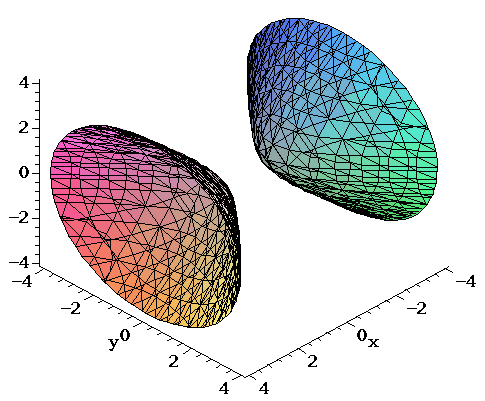
Surfaces Part 2
X 2 y 2 z 2 − 2 y − 2 x 1 = 0 All equations of the form ax^ {2}bxc=0 can be solved using the quadratic formula \frac {b±\sqrt {b^ {2}4ac}} {2a} The quadratic formula gives two solutions, one when ± is addition and one when it is subtractionIf one of the variables x, y or z is missing from the equation of a surface, then the surface is a cylinder Note When you are dealing with surfaces, it is important to recognize that an equation like x2 y2 = 1 represents a cylinder and not a circle The trace of the cylinder x 2 y = 1 in the xyplane is the circle with equations x2 y2Sin (x)cos (y)=05 2x−3y=1 cos (x^2)=y (x−3) (x3)=y^2 y=x^2 If you don't include an equals sign, it will assume you mean " =0 " It has not been well tested, so have fun with it, but don't trust it If it gives you problems, let me know Note it may take a few seconds to finish, because it has to do lots of calculations
Algebra Graph x^2y^2=1 x2 y2 = 1 x 2 y 2 = 1 This is the form of a circle Use this form to determine the center and radius of the circle (x−h)2 (y−k)2 = r2 ( x h) 2 ( y k) 2 = r 2 Match the values in this circle to those of the standard form The variable r r represents the radius of the circle, h h represents the xoffset from the origin, and k k represents the yoffset from origin x3y4z = 0 First we rearrange the equation of the surface into the form f(x,y,z)=0 x^22z^2 = y^2 x^2 y^2 2z^2 = 0 And so we have our function f(x,y,z) = x^2 y^2 2z^2 In order to find the normal at any particular point in vector space we use the Del, or gradient operator grad f(x,y,z) = (partial f)/(partial x) hat(i) (partial f)/(partial y) hat(j) (partial f)/(partial z #x^2y^2=16# Note that we can rewrite this equation as #(x0)^2(y0)^2 = 4^2# This is in the standard form #(xh)^2(yk)^2 = r^2# of a circle with centre #(h, k) = (0, 0)# and radius #r = 4# So this is a circle of radius #4# centred at the origin graph{x^2y^2 = 16 10, 10,
Plot x^2+y^2+z^2=1 in matlabのギャラリー
各画像をクリックすると、ダウンロードまたは拡大表示できます
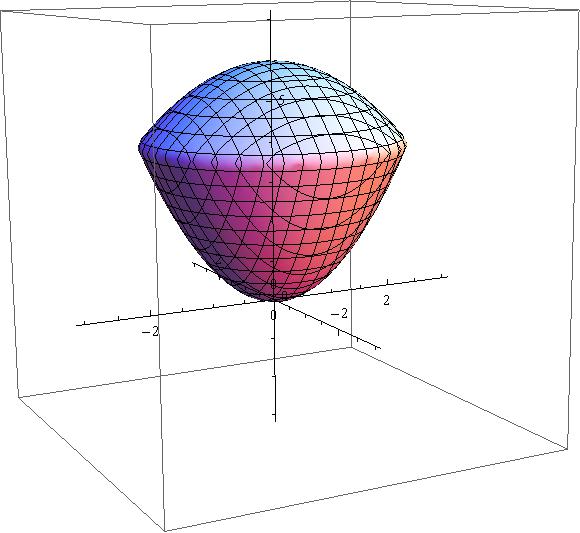 | 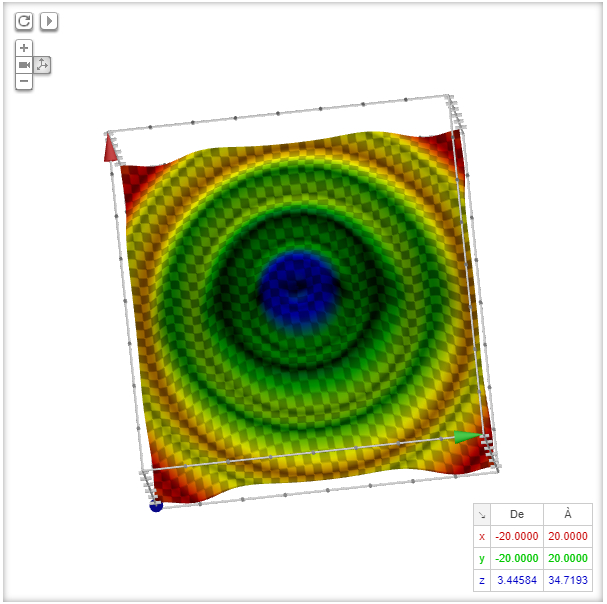 | |
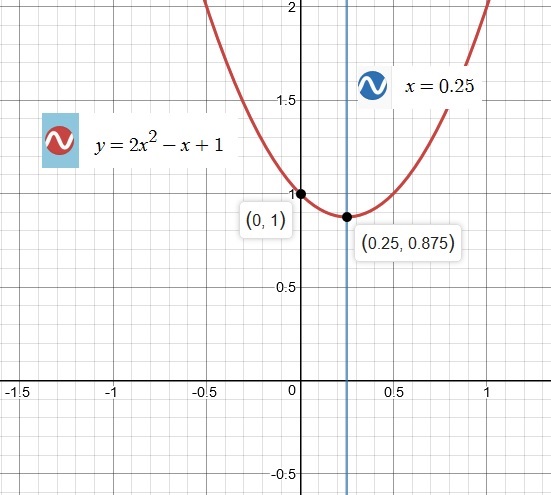 |  | |
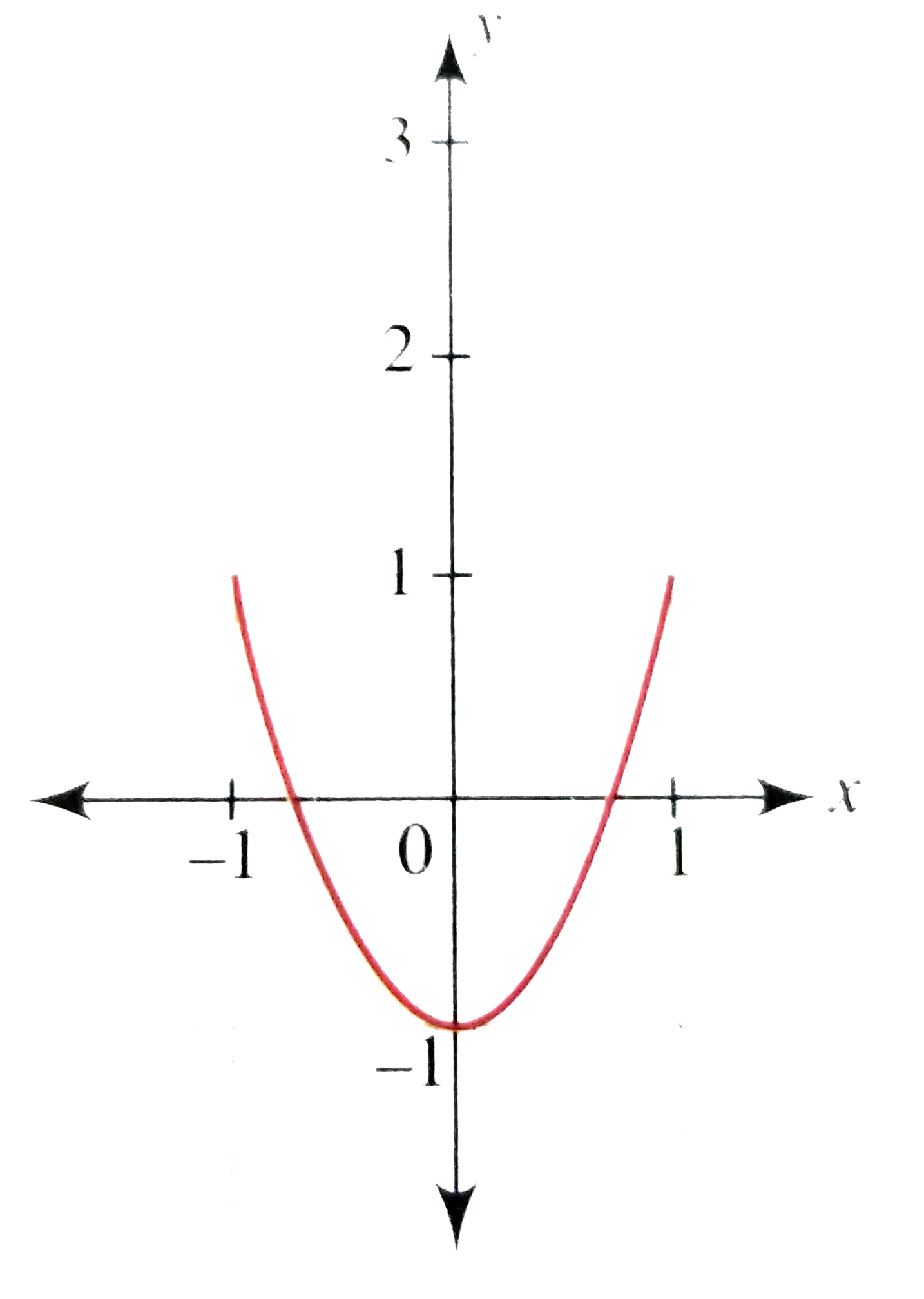 | 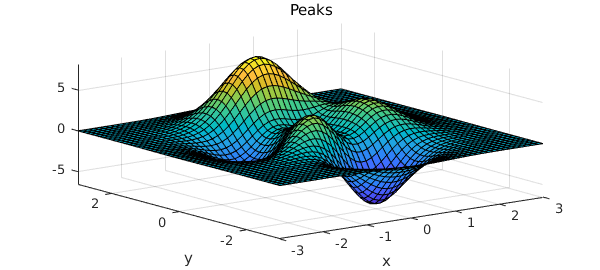 | |
「Plot x^2+y^2+z^2=1 in matlab」の画像ギャラリー、詳細は各画像をクリックしてください。
 |  | 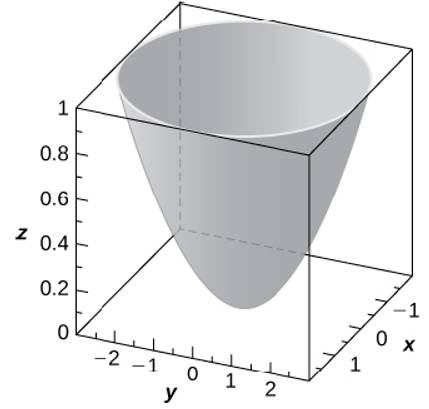 |
 | 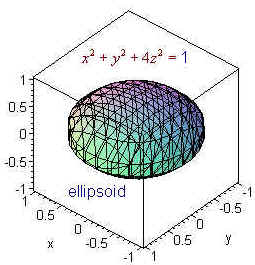 |  |
 | 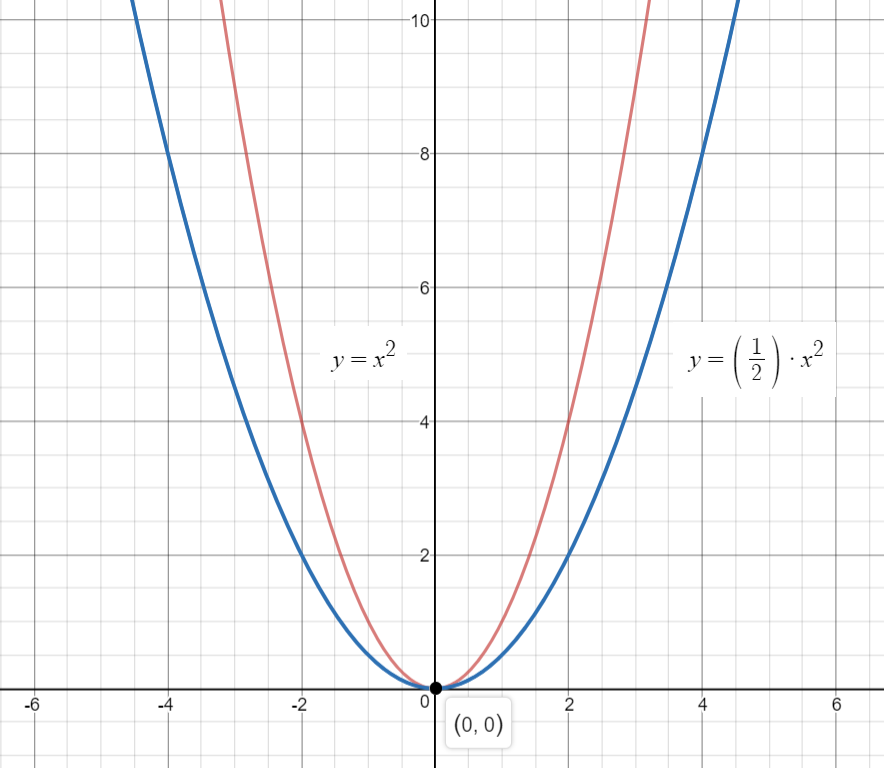 |  |
「Plot x^2+y^2+z^2=1 in matlab」の画像ギャラリー、詳細は各画像をクリックしてください。
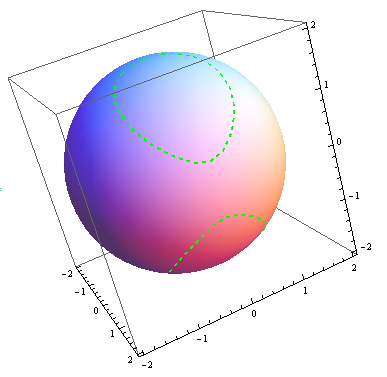 | 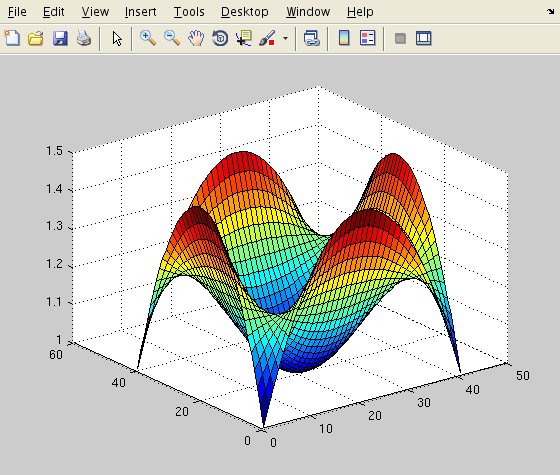 | |
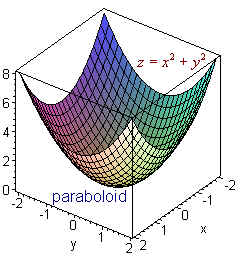 | ||
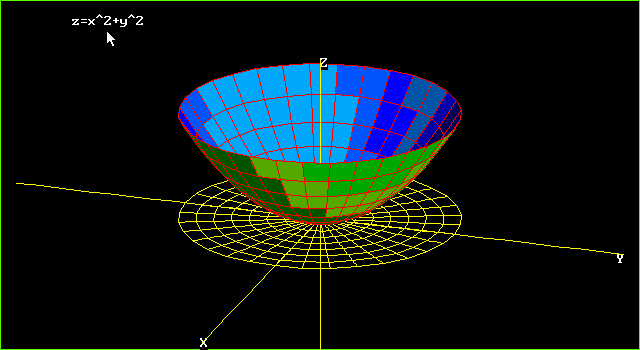 | 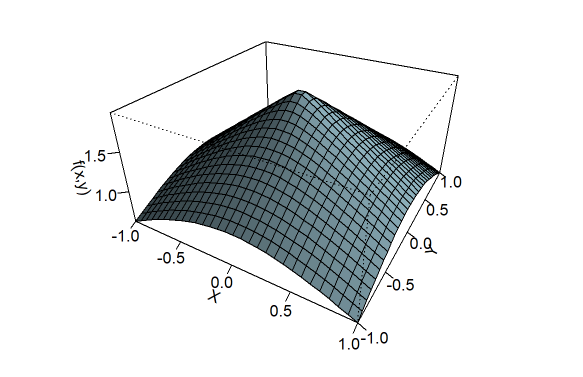 | |
「Plot x^2+y^2+z^2=1 in matlab」の画像ギャラリー、詳細は各画像をクリックしてください。
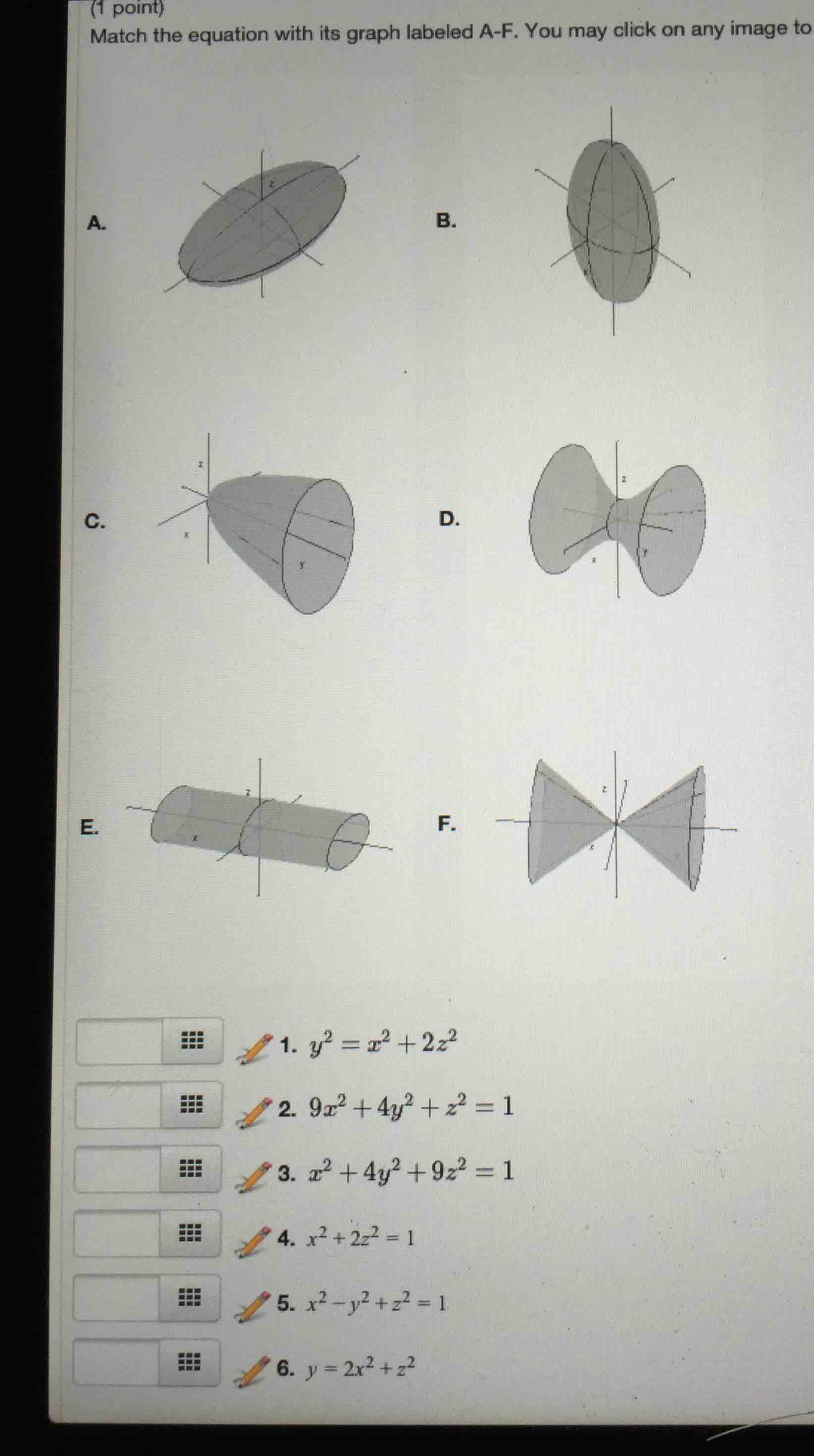 |  | 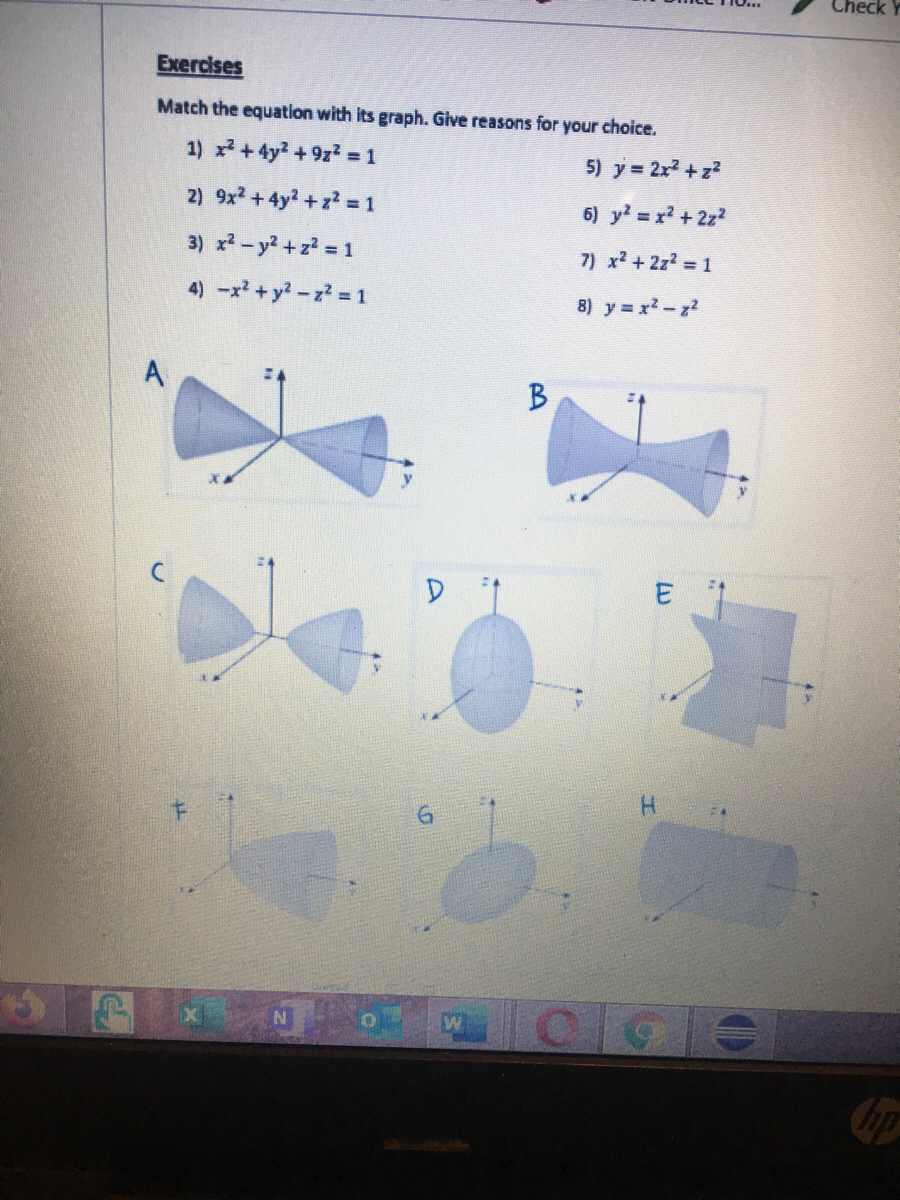 |
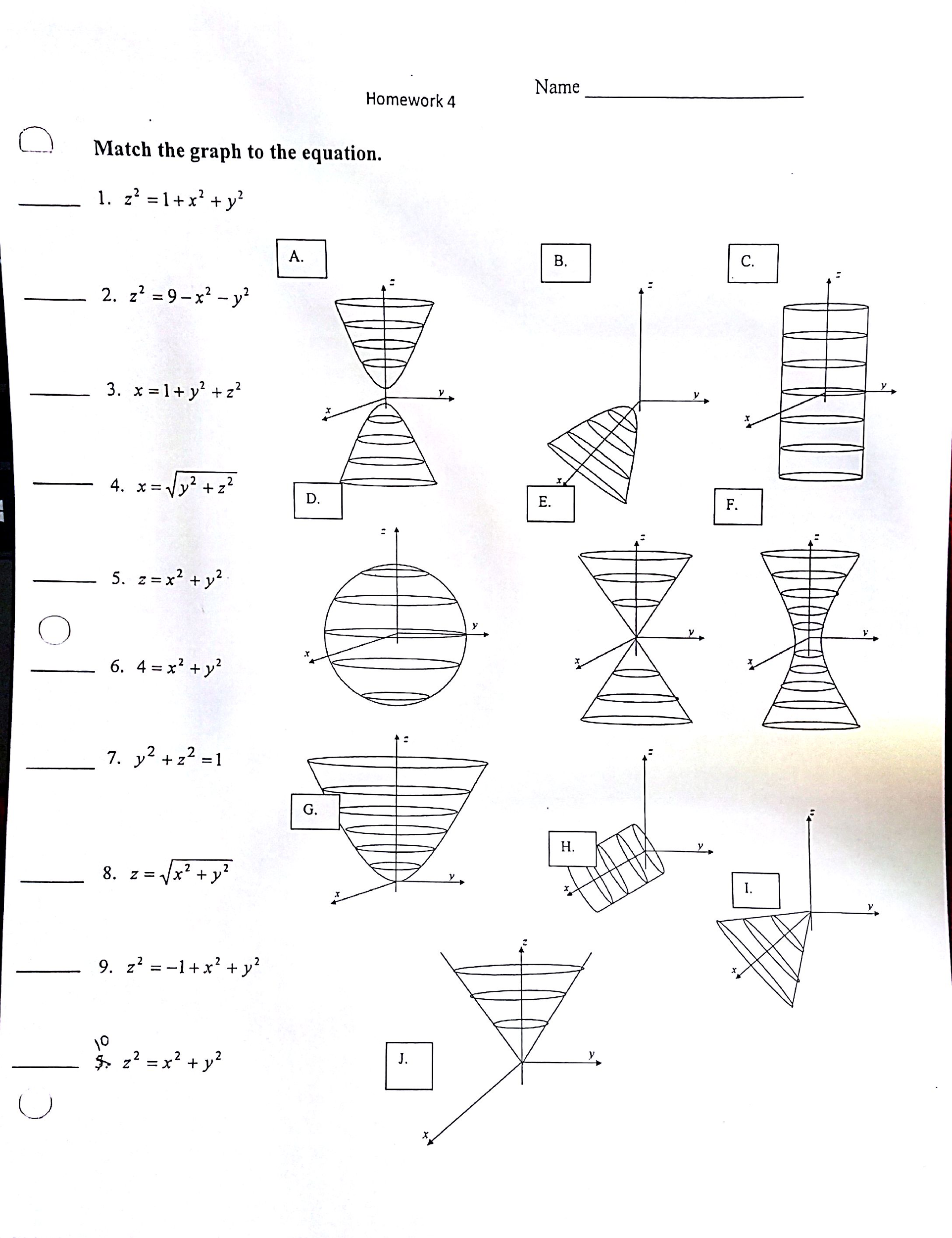 |  | |
 | 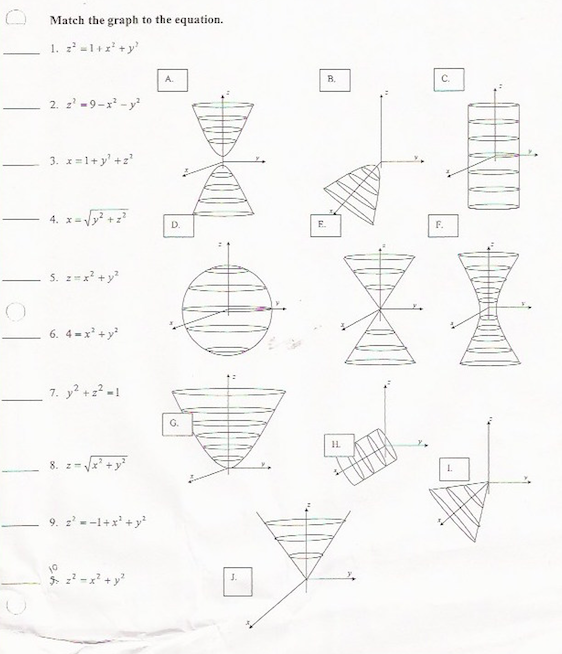 | |
「Plot x^2+y^2+z^2=1 in matlab」の画像ギャラリー、詳細は各画像をクリックしてください。
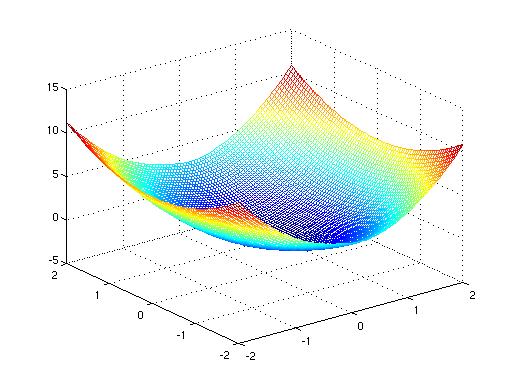 |  |  |
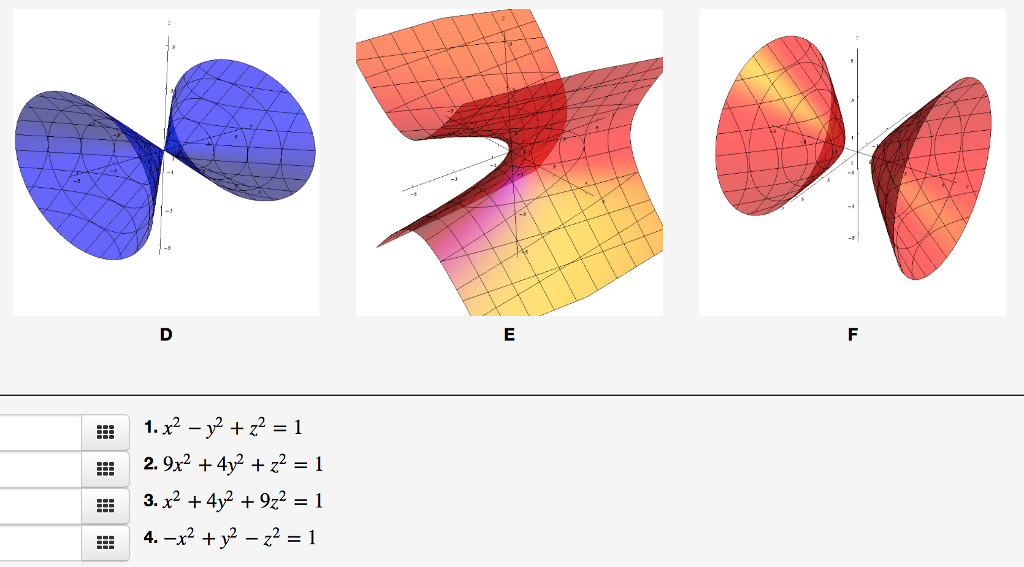 | 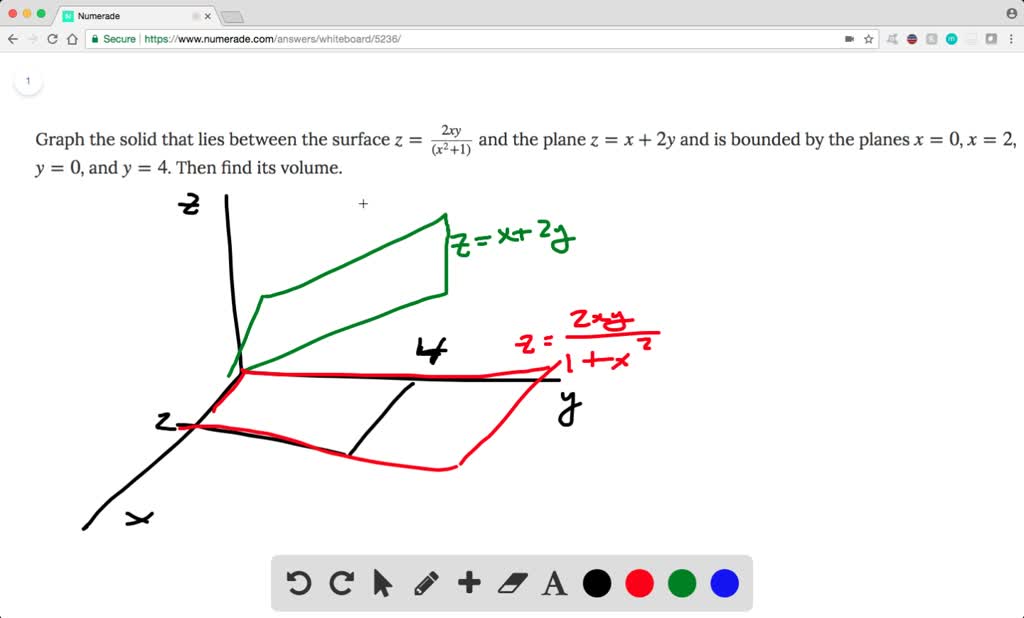 | |
 |  |  |
「Plot x^2+y^2+z^2=1 in matlab」の画像ギャラリー、詳細は各画像をクリックしてください。
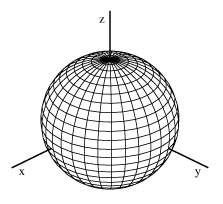 | ||
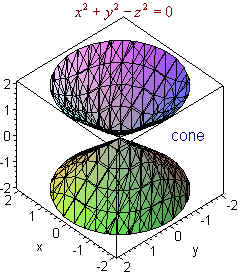 | 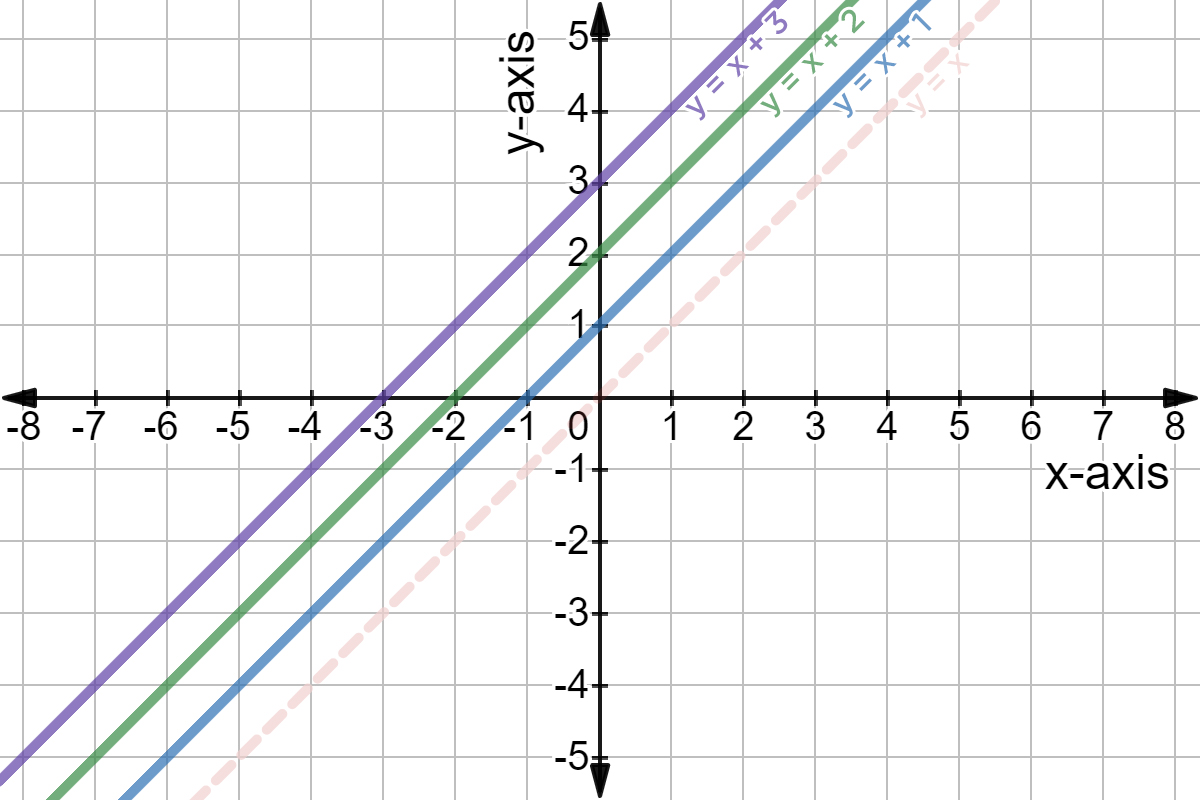 | 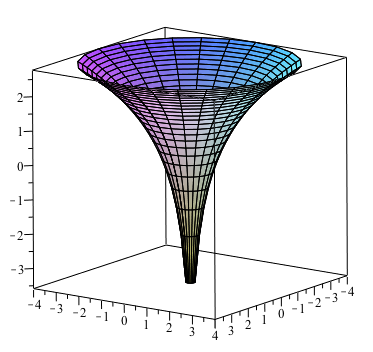 |
 |  | |
「Plot x^2+y^2+z^2=1 in matlab」の画像ギャラリー、詳細は各画像をクリックしてください。
 |  |  |
 |  | |
 |  | |
「Plot x^2+y^2+z^2=1 in matlab」の画像ギャラリー、詳細は各画像をクリックしてください。
 |  | |
 | 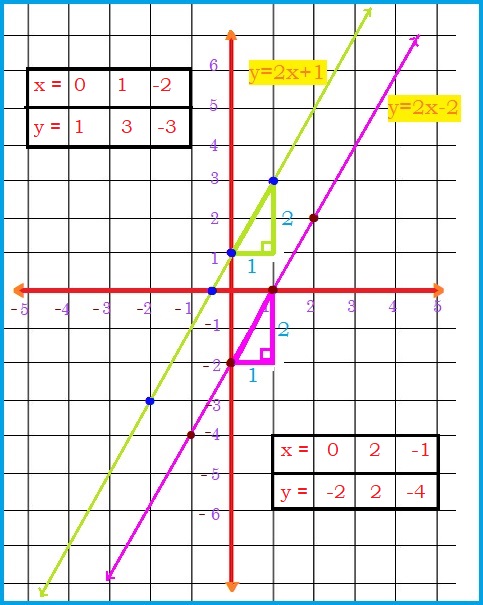 |  |
 |  | 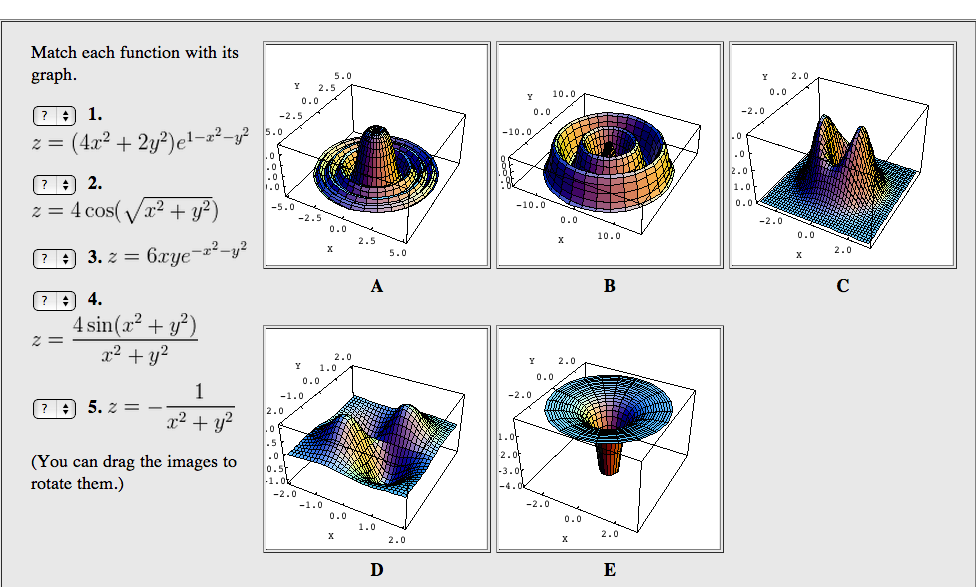 |
「Plot x^2+y^2+z^2=1 in matlab」の画像ギャラリー、詳細は各画像をクリックしてください。
 | ||
 | 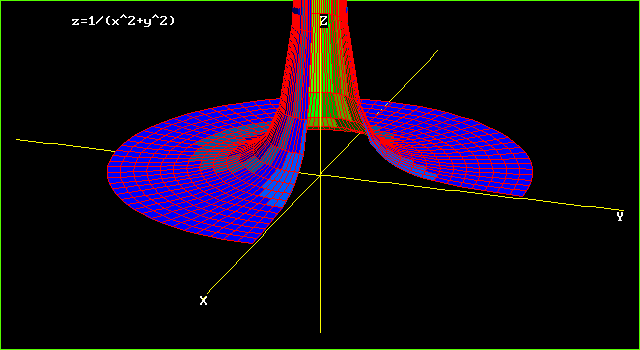 |  |
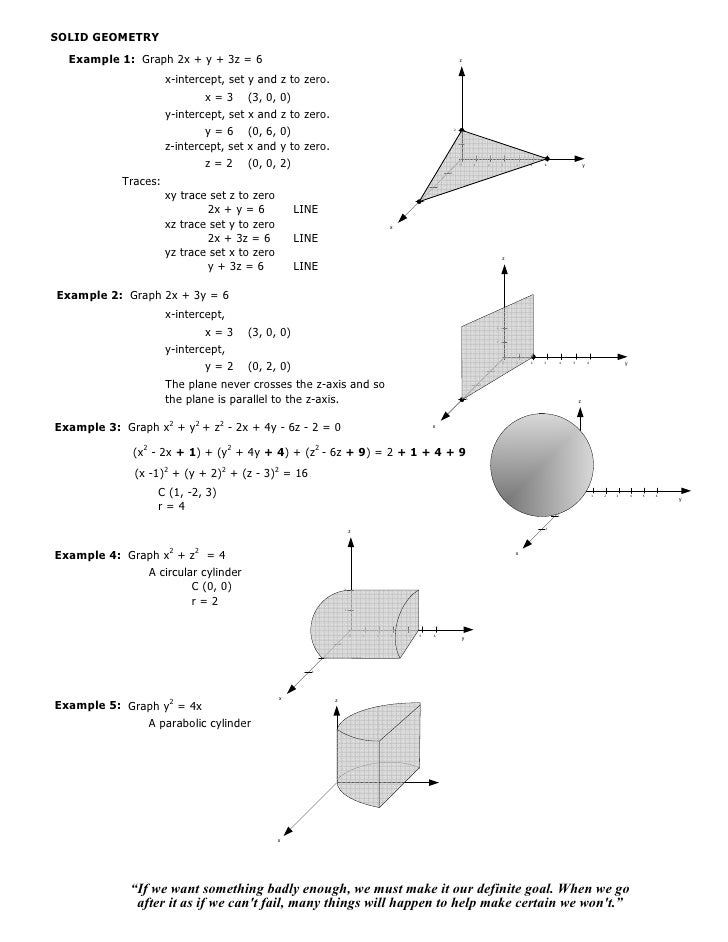 | 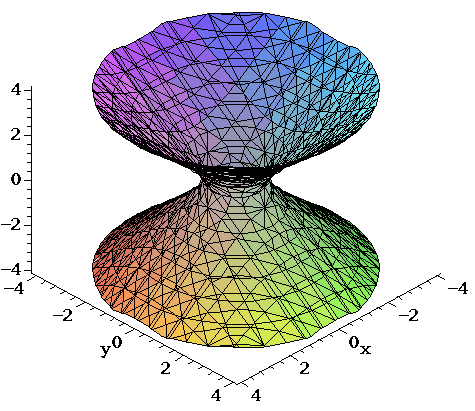 | |
「Plot x^2+y^2+z^2=1 in matlab」の画像ギャラリー、詳細は各画像をクリックしてください。
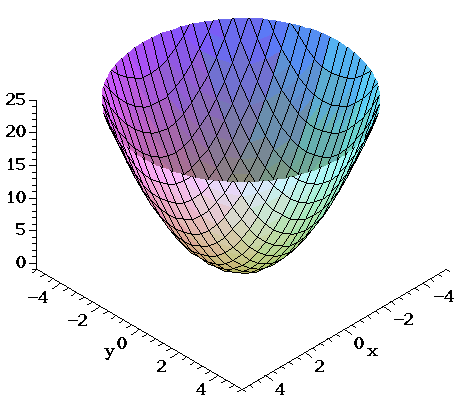 | 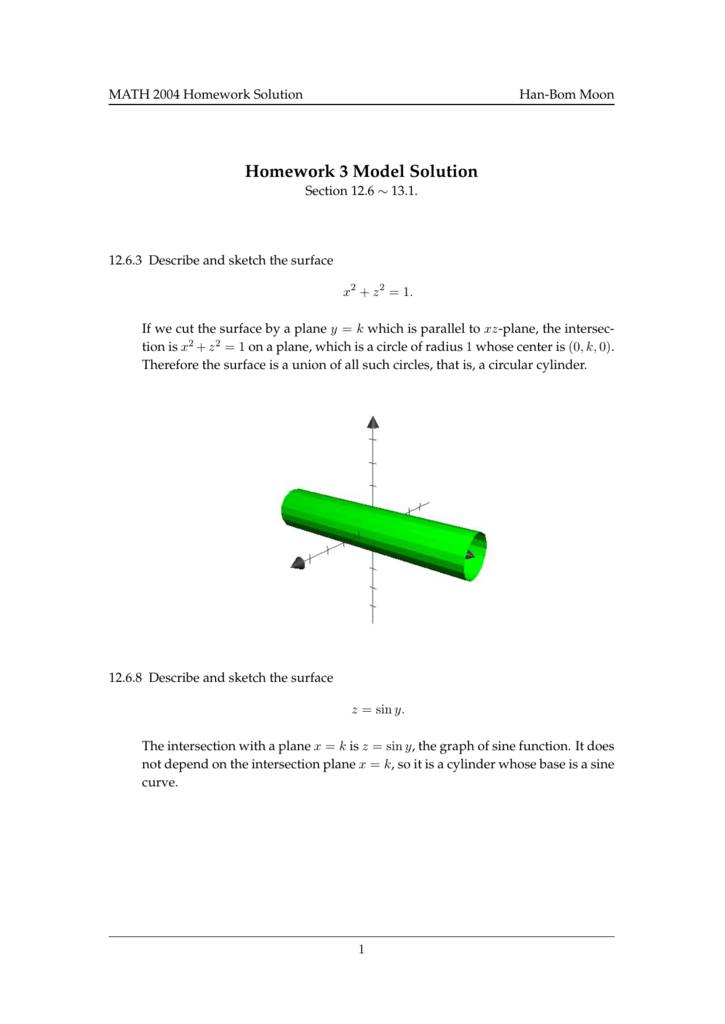 | |
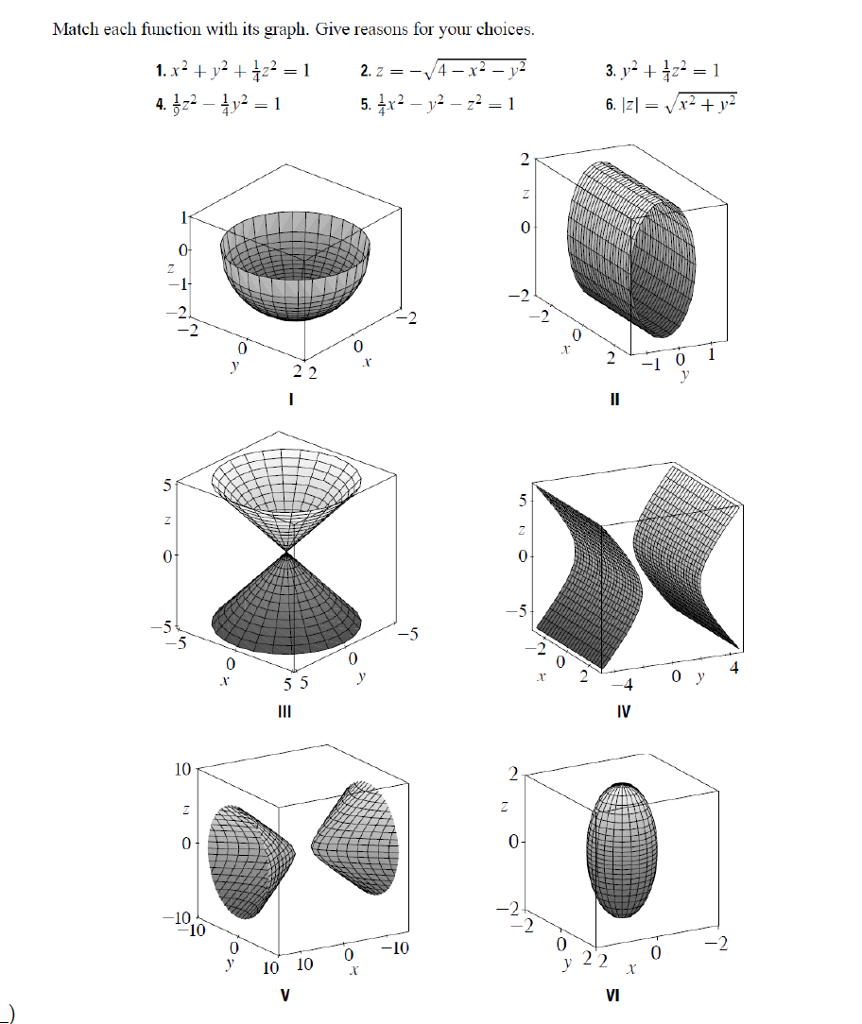 | 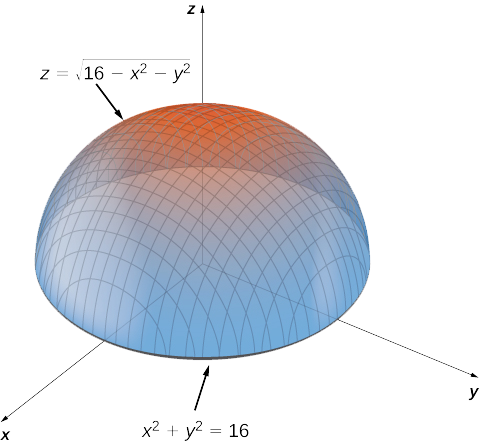 | |
 | 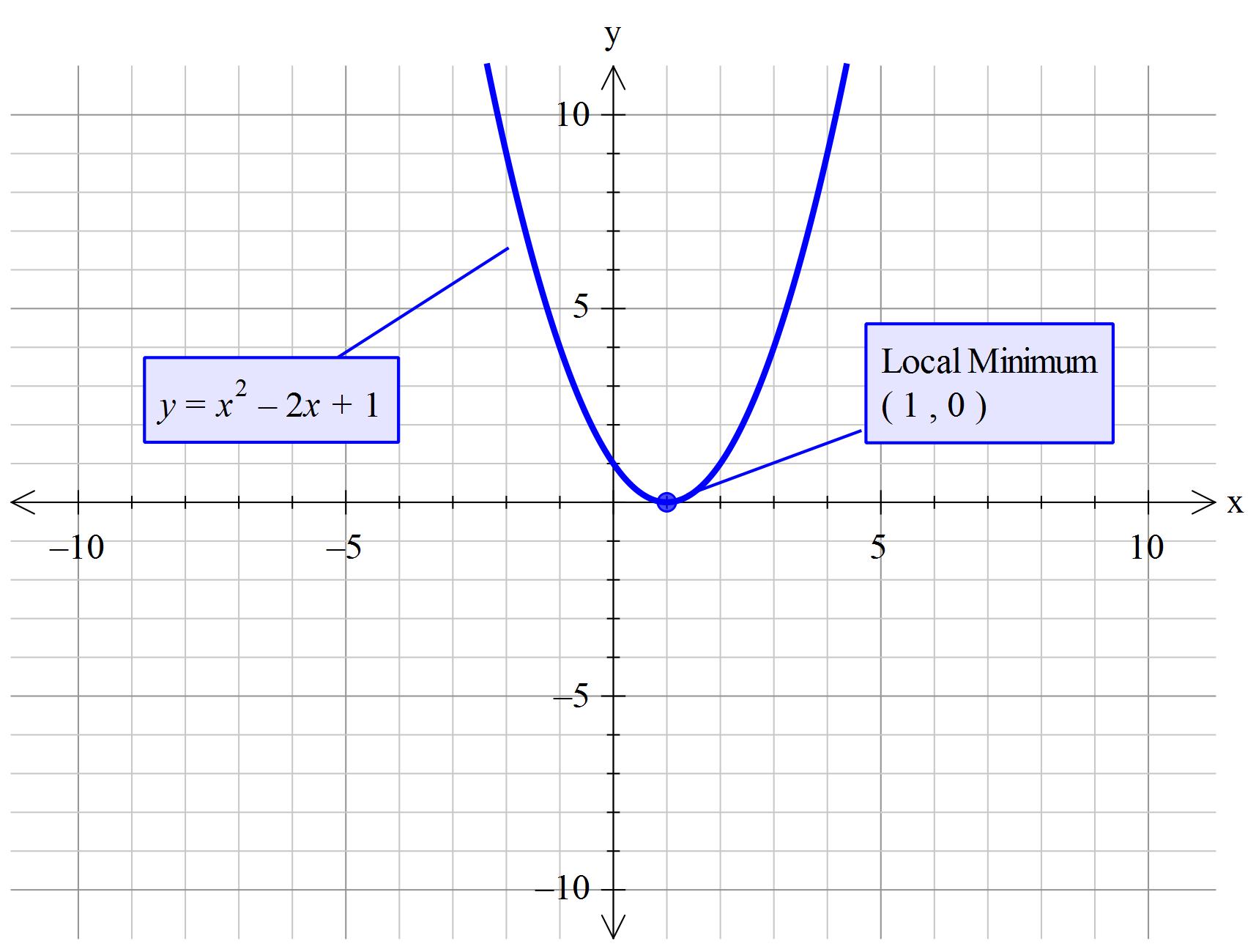 | |
「Plot x^2+y^2+z^2=1 in matlab」の画像ギャラリー、詳細は各画像をクリックしてください。
 | ||
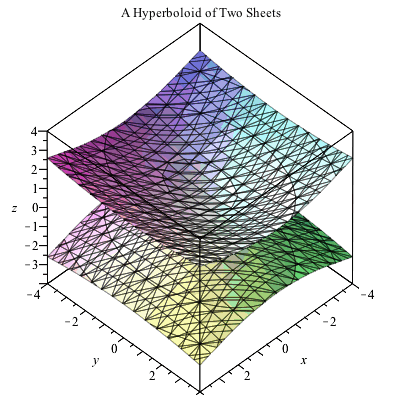 |  |  |
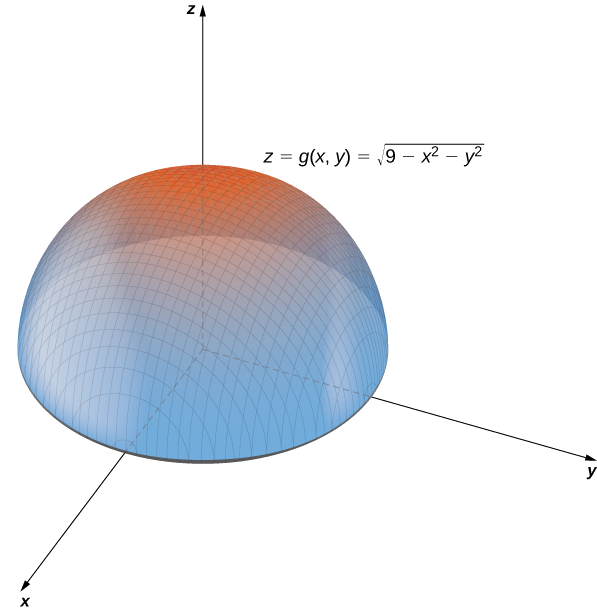 | ||
「Plot x^2+y^2+z^2=1 in matlab」の画像ギャラリー、詳細は各画像をクリックしてください。
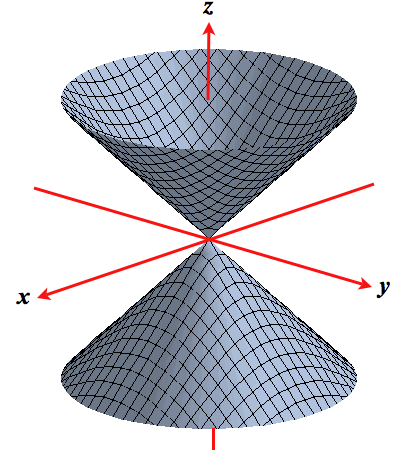 | 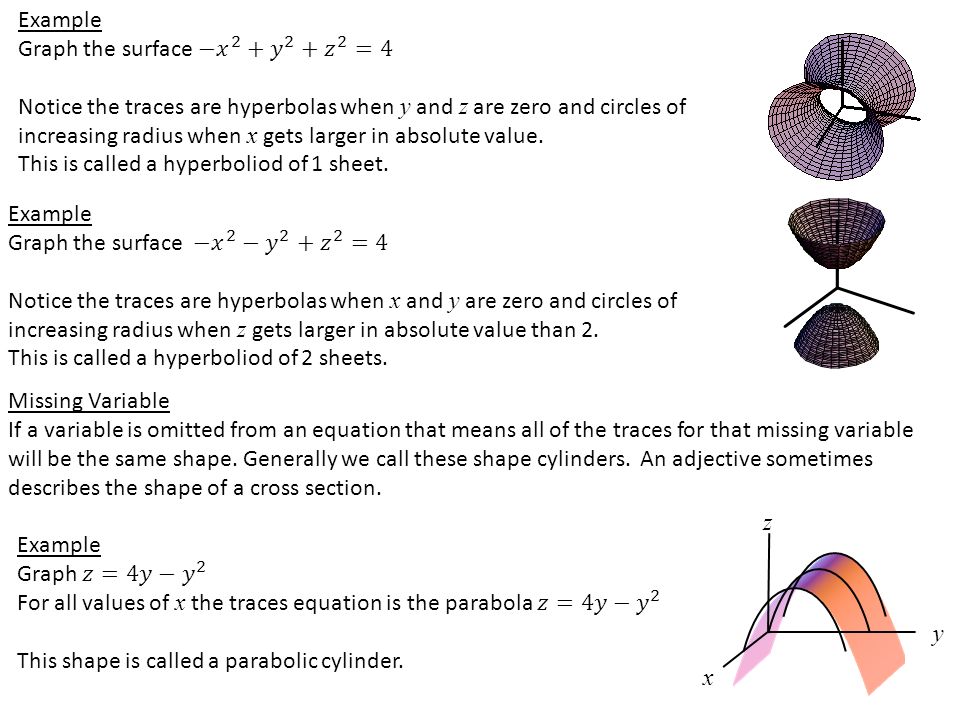 |  |
 | 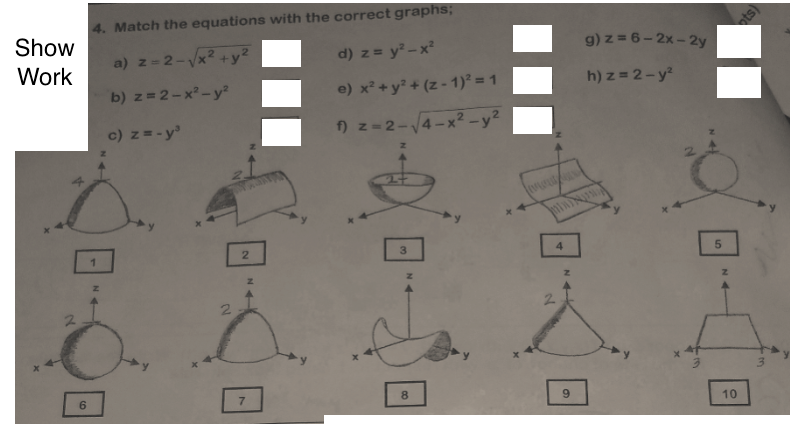 |
Plot x^2 3y^2 z^2 = 1 Natural Language;Their defining characteristic is that their intersections with planes perpendicular to any two of the coordinate axes are hyperbolas There are two types of hyperboloids the first type is illustrated by the graph of x 2 y 2 z 2 = 1, which is shown in the figure below As the figure at the right illustrates, this shape is very similar to the one commonly used for nuclear power plant cooling
Incoming Term: x^2+y^2+z^2=1 graph, x^2+y^2-z^2=1 plot, plot x^2+y^2+z^2=1 in matlab, x^2/a^2+y^2/b^2+z^2/c^2=1 graph,




0 件のコメント:
コメントを投稿